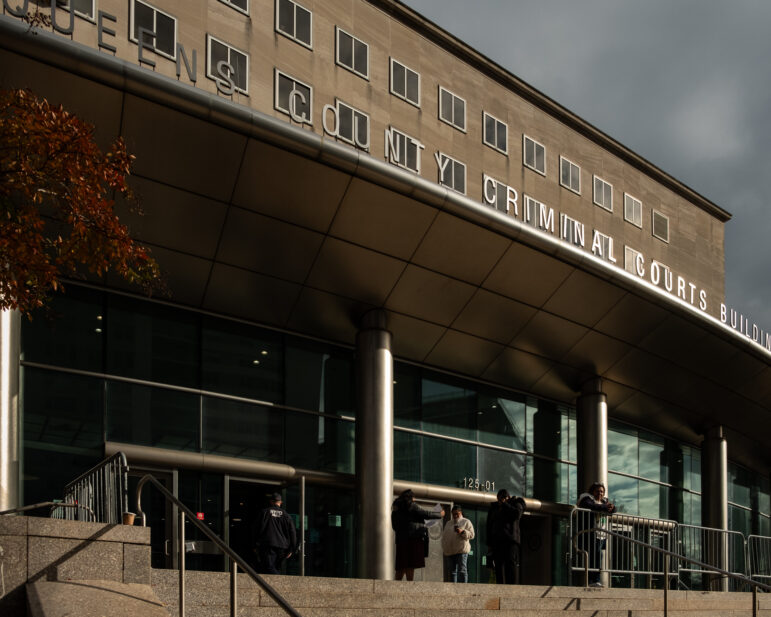Health and Environment
AIDS Activists Sue To Stop Budget Cuts
Eileen Markey |
The city budget fight is headed to a new venue: U.S. District Court. On Tuesday veteran AIDS activists at HousingWorks filed a motion for a restraining order to halt Mayor Bloomberg’s plans to slash funding for the city’s AIDS services agency. Justice Cheryl Pollak of the Eastern District will hear arguments in the case Thursday morning. Bloomberg’s budget – currently in the home stretch of negotiation with the City Council – calls for a $10 million cut to the HIV/AIDS Services Administration, which would translate to 248 fewer case workers for very poor, very sick people who get help with housing, food and medical care through HASA. “Those benefits save lives,” Leroy Rose, a HousingWorks client who has AIDS and receives HASA benefits said in a statement.




